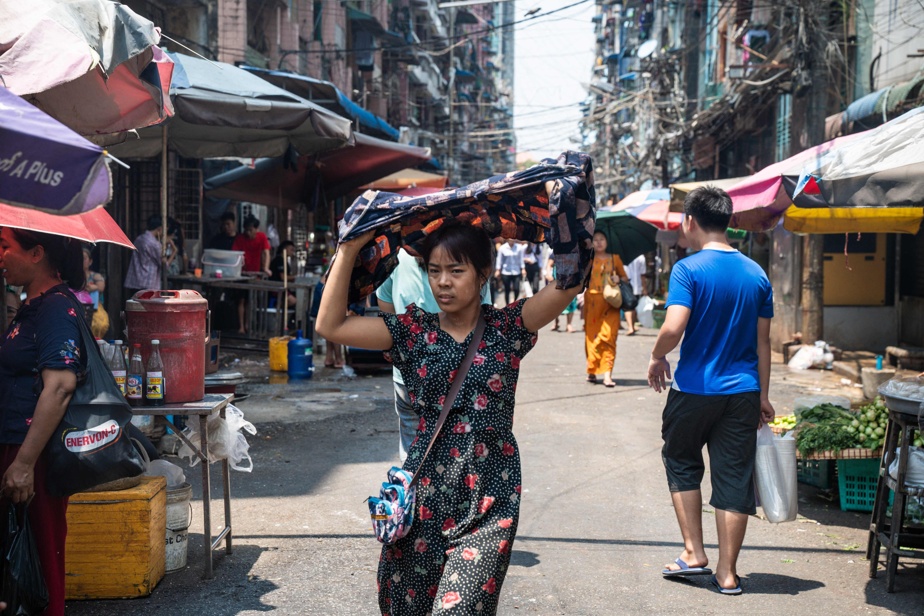(Bangkok) Vast swathes of Asia are sweltering under a heatwave that has broken temperature records, from the Philippines to Myanmar, forcing millions of children to stay at home.
Which regions are affected?
Heat is hitting much of South and Southeast Asia, with record temperatures in recent days in Chauk in Burma and Manila, the capital of the Philippines.
Thai authorities have warned of “severe” weather conditions while those in Cambodia, Myanmar, Vietnam, India and Bangladesh are all forecasting temperatures above 40 degrees.
Even northern Japan was affected, with temperatures above 25 degrees in Sapporo, unheard of at this time of year.
What causes this heat?
The months leading up to the monsoon or rainy season are usually warm, but this year temperatures are well above average in many countries. Experts say climate change is causing more frequent, more intense and longer heat waves.
Asia is also warming faster than the global average, according to the World Meteorological Organization, a UN agency.
And the El Niño weather phenomenon is playing a role this year, Milton Speer, a meteorologist and researcher at the University of Technology Sydney, told AFP.
“The lack of clouds in El Niño means temperatures are likely to be higher on average,” he says. At the sea surface, temperatures are currently several degrees higher than normal, “which contributes to keeping (them) higher than average inland during the night” and therefore to seeing them “climb from a higher base” on the day.
Other factors also come into play, such as deforestation which reduces shade and increases dry surface area, and urbanization, where concrete, glass and steel structures absorb heat rather than reflect it.
Who are the affected populations?
Extreme heat most affects children, the elderly and people with pre-existing illnesses or disabilities. And those living in poverty often lack cooling solutions at home, or are forced to work in conditions without adequate thermal protection.
UNICEF has warned that 243 million children in the Pacific and East Asia are at risk from heatwaves.
“Children’s exposure to heat waves leads to heat stress,” says Salwa Aleryani, health specialist at the UNICEF regional office.
“Serious problems can develop, such as cardiovascular disease, organ failure, muscle and nerve dysfunction,” she told AFP.
How are countries responding?
Authorities in several countries have asked citizens to stay at home. In Nepal, hospitals were put on alert, while Cambodian authorities urged public schools to keep doors and windows open for ventilation.
Bangladesh and the Philippines went further, deciding to close schools for several days. But in the absence of air conditioning or suitable buildings, many children, forced to stay at home, do not benefit from cooler temperatures in homes, warned Mme Aleryani.
For how much longer?
In Bangladesh, the heat is not expected to subside until Thursday at the earliest. In Thailand, forecasters have warned that the annual rains may not arrive until late May, several weeks later than normal.
Even when the monsoon arrives, the general warming trend will continue, Milton Speer predicts.
“Heat waves will continue to occur more often because the oceans and atmosphere are gradually warming due to global warming,” he says, posing risks to crops and livestock, as well as humans. who work outside.
Adaptation will be key, including providing “sustainable neighborhood structures with air conditioning, where people could go during the day and sleep at night,” Mr. Speer said.
